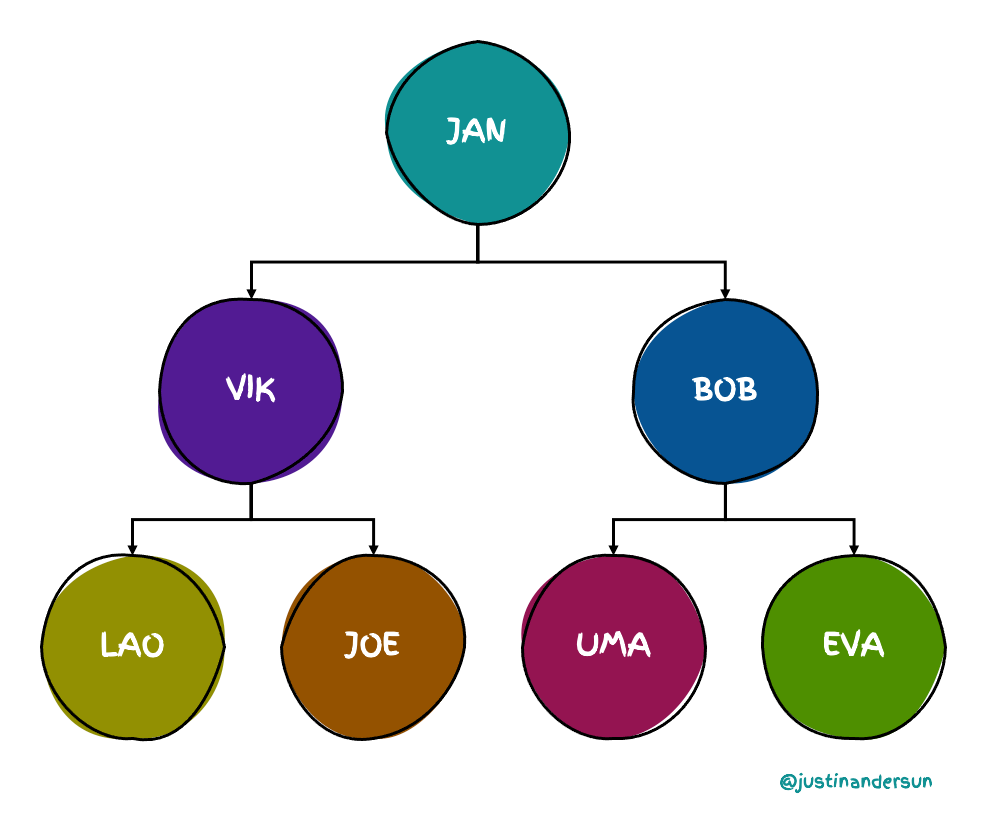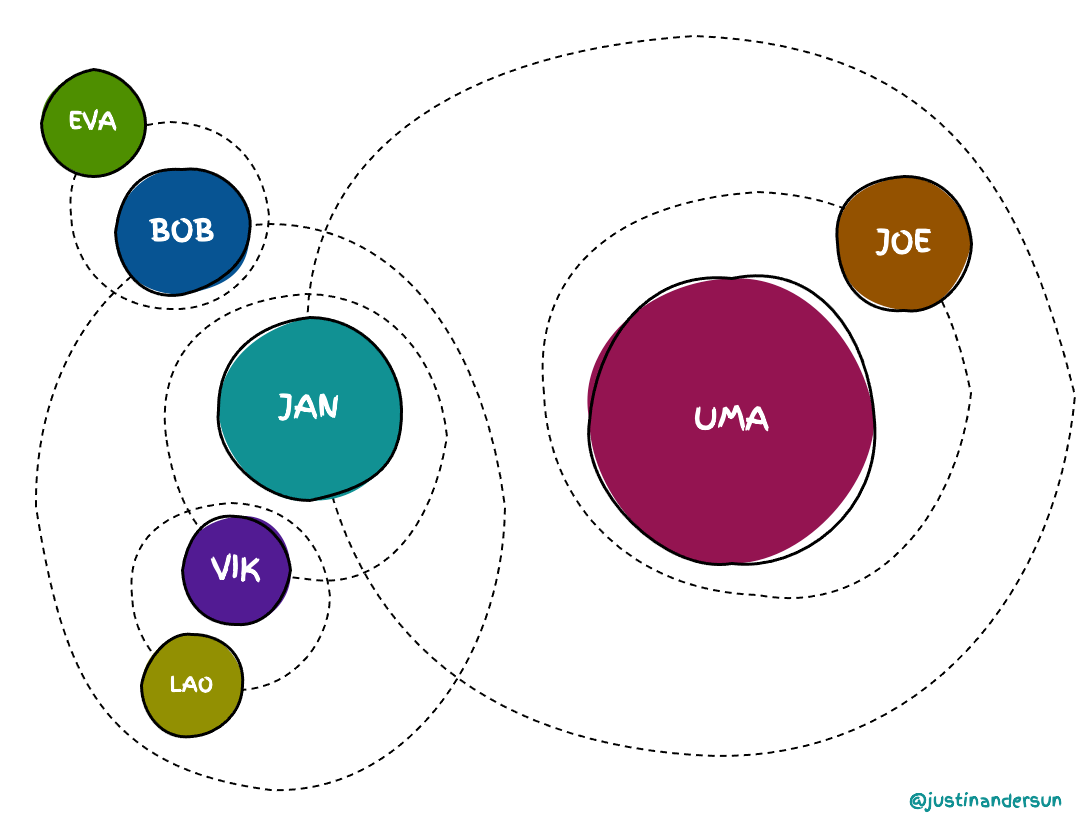15 March 2022
Gravitational Pull
Imagine a group of people as a solar system. Be it a family, company, sports team, organization, church community, or a gaggle of friends—someone in the group is the sun, around which activities, decisions, and conversations orbit. A sun has gravity, and a sun-like person has the gravitas to pull others toward them.
In bigger groups, some people are planets—still orbiting the sun, but with a whole ecosystem of their own. Imagine a CEO as the sun of her company, and her direct reports are planets: Chief Technical Officer, Chief Marketing Officer, etc. Each officer has their own gravitational pull, around which their team, a cluster of moons, revolves.
Asteroids—visitors, consultants, etc.—might pass through the system and occasionally make an impact, but they don’t influence the group’s gravity.
When joining or interacting with a new group, I find it helpful to understand the gravitational pull. Who’s influencing whom? While titles in an organization might give some clues, they don’t reflect influence. Someone at the “bottom” of an org chart might have incredible sway over the system, like the Moon influencing Earth’s tides.

